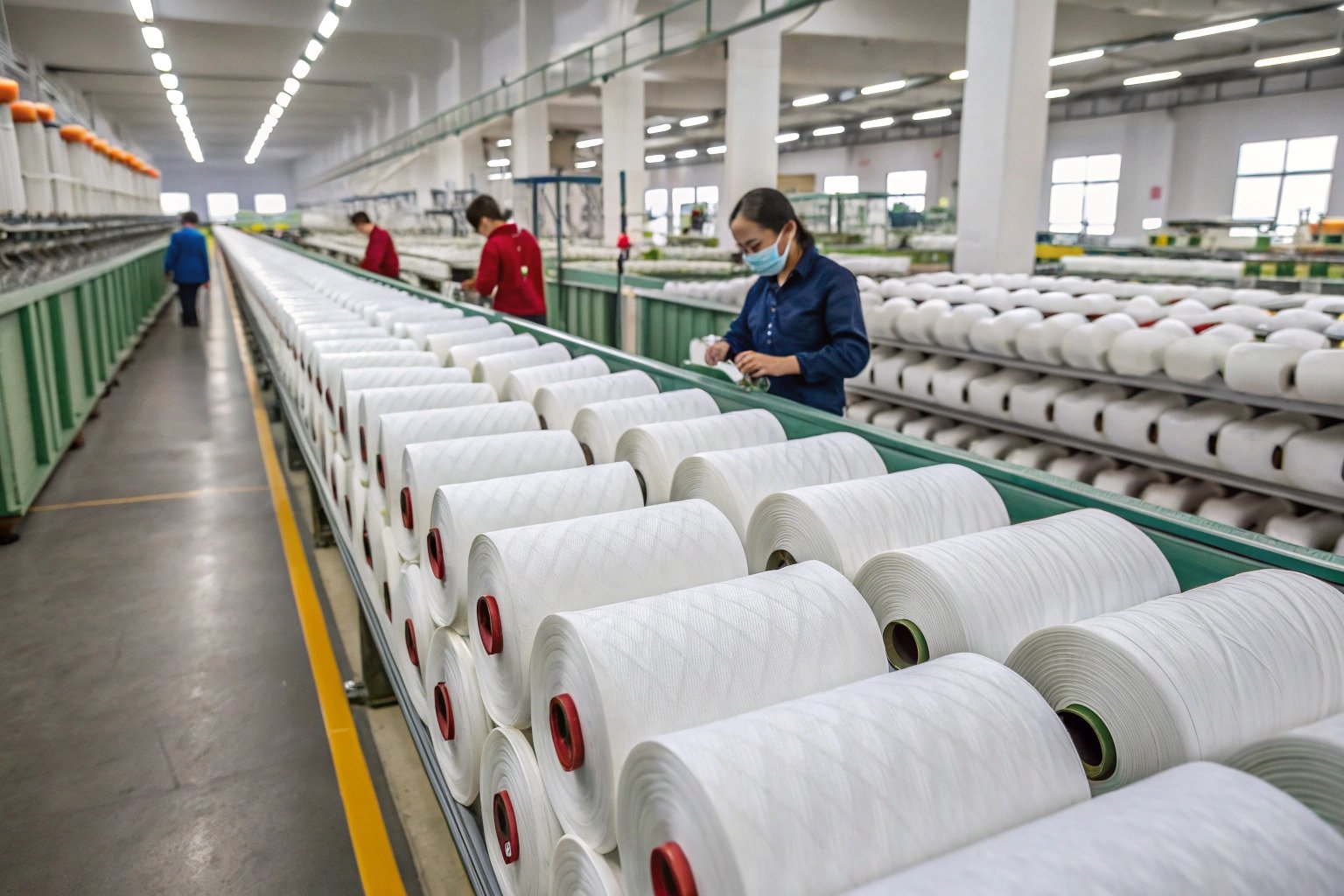In today’s global fashion market, the demand for sustainability is not just a trend—it’s a business imperative. From independent eco-labels to global giants like H&M and Patagonia, brands are under pressure to reduce their environmental impact. One of the most urgent areas for change is fabric sourcing. For a sustainable brand, choosing biodegradable fabrics isn’t only about going green—it’s about aligning with future regulatory trends, gaining consumer trust, and protecting the planet.
Biodegradable fabrics such as organic cotton, Tencel™, hemp, and bamboo viscose are increasingly being used by sustainable fashion brands to minimize long-term waste and environmental damage. These fabrics decompose naturally over time and meet global eco-certification standards.
If you're sourcing fabric from China or Asia, you must understand which materials truly biodegrade and which are just labeled as “eco.” I’ve worked with hundreds of global clients as a fabric manufacturer, and I’ve seen firsthand how making the right fiber choice can strengthen a brand's credibility and long-term success.
Which Natural Fabrics Are Fully Biodegradable?
Natural fabrics are the most intuitive choice for sustainable brands—but not all are created equal when it comes to biodegradability.
100% natural fabrics like cotton, hemp, wool, and silk can biodegrade within weeks or months under the right conditions, making them ideal choices for earth-conscious fashion labels.
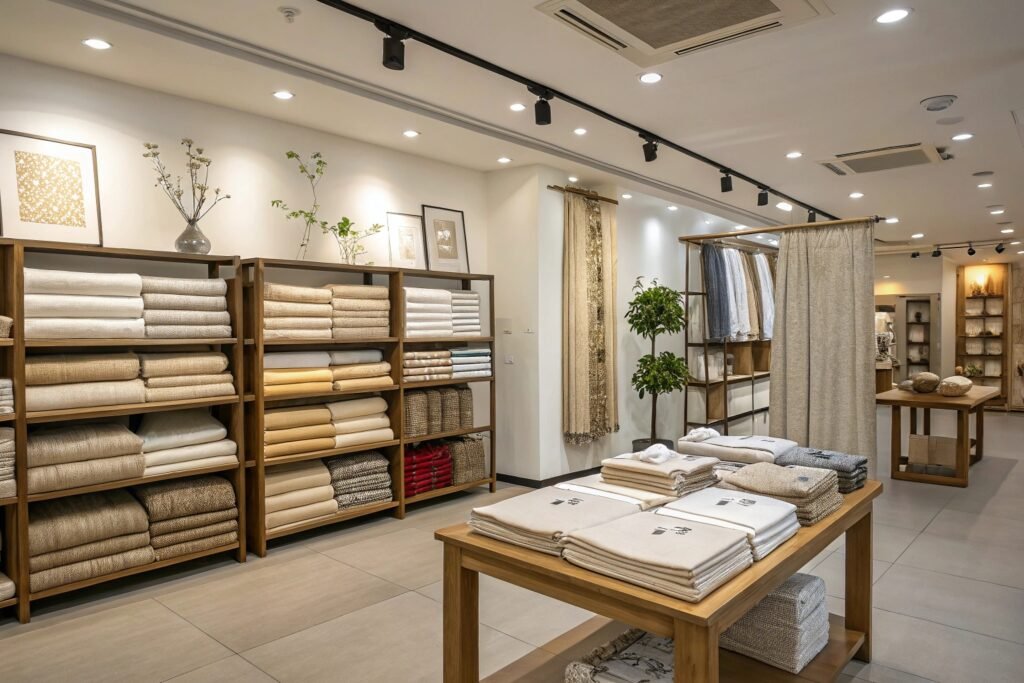
How Long Does It Take Cotton and Hemp to Decompose?
Cotton—especially organic cotton—is one of the most biodegradable materials used in fashion. It can break down in as little as 1 to 5 months in compost conditions. Hemp, another cellulose-based fiber, decomposes just as quickly and is often used in durable, natural-looking textiles. Their short decomposition period makes both suitable for circular production models. However, you should avoid cotton blends with polyester or spandex, as they hinder degradation.
For those concerned about water consumption, hemp is a clear winner. According to Textile Exchange, hemp uses 50% less water than cotton per ton of fiber produced, yet offers similar breathability and softness.
Is Silk a Sustainable Biodegradable Option?
Silk is a protein-based fiber produced by silkworms and breaks down in a matter of months. It’s luxurious, durable, and biodegradable—but there are nuances. Traditional silk production involves boiling the cocoon, raising ethical concerns. Brands aiming for transparency can turn to peace silk, which allows the silkworm to hatch naturally. For biodegradable evening wear, silk remains a top-tier option if sourced responsibly.
Are Regenerated Cellulose Fibers Truly Biodegradable?
Regenerated cellulose fibers offer a balance between sustainability and versatility. These are man-made, but derived from natural sources.
Fabrics like Tencel™, Modal, and bamboo viscose are biodegradable and have become favorites among eco-brands for their softness, drape, and lower environmental footprint.
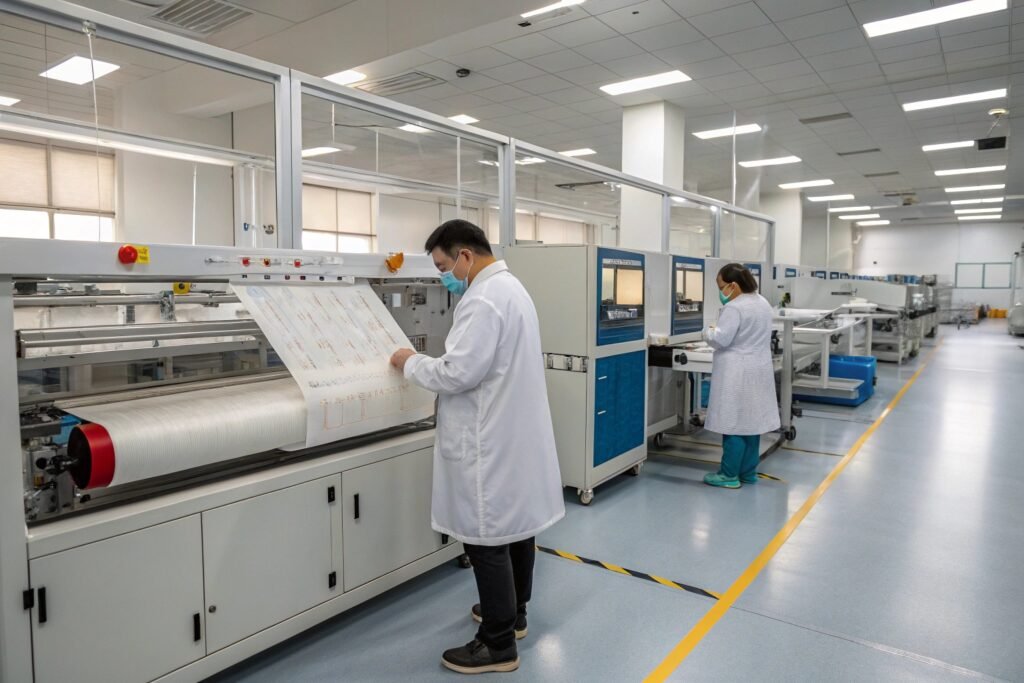
Is Tencel™ as Biodegradable as Claimed?
Tencel™, or Lyocell, is made from sustainably harvested wood pulp, often from eucalyptus. It decomposes in soil, marine environments, and industrial composts within 90 to 120 days. Its closed-loop production process, using non-toxic solvents, makes it a benchmark for biodegradable synthetics. According to Lenzing, the fiber’s producer, over 99% of the solvents are recovered and reused.
For brands needing smooth, flowing silhouettes with minimal eco-impact, Tencel™ offers a luxurious yet sustainable solution.
Is Bamboo Viscose Truly Sustainable?
Bamboo viscose is often marketed as a green fabric, but not all bamboo textiles are created equal. While bamboo itself is fast-growing and biodegradable, the viscose production method often uses chemicals that may harm ecosystems if untreated. Still, once manufactured, bamboo viscose decomposes in about 1 to 5 months. Always look for OEKO-TEX or FSC-certified bamboo viscose to ensure environmental compliance. For a deep dive, Good On You offers a balanced perspective.
Which Animal-Based Fabrics Break Down Naturally?
While plant-based fabrics dominate the biodegradable market, some animal fibers are equally earth-friendly.
Wool, alpaca, and cashmere naturally decompose within 3 to 6 months in composting conditions and return nutrients to the soil.
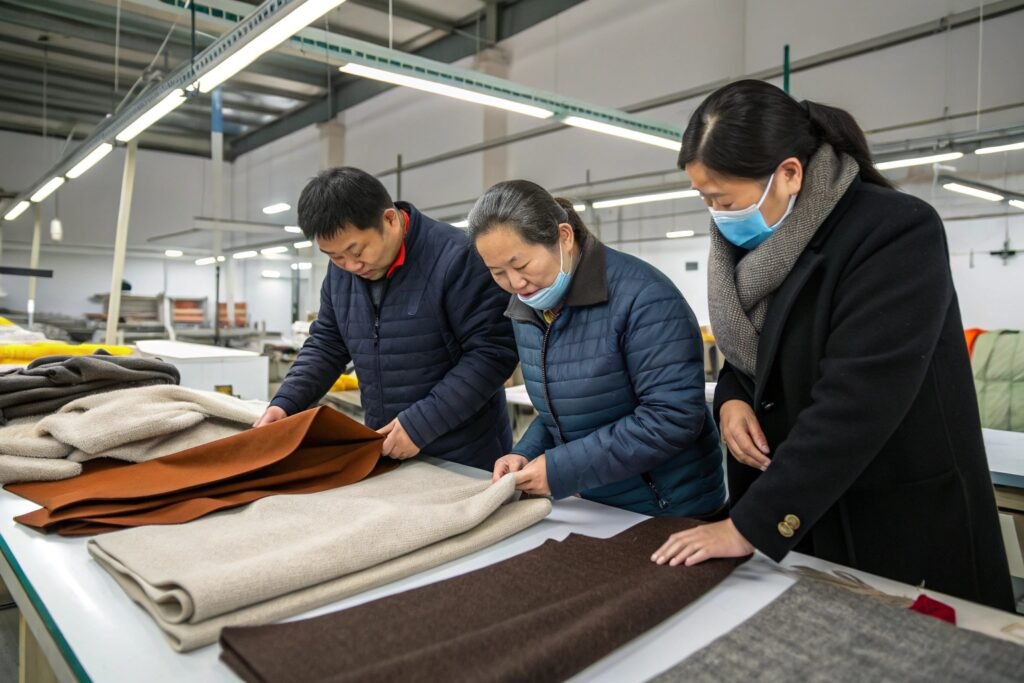
Is Wool a Biodegradable but Ethical Choice?
Wool is durable, insulating, and breaks down completely when composted. However, for brands emphasizing ethical sourcing, issues like mulesing must be addressed. Look for cruelty-free certifications like the Responsible Wool Standard (RWS). In colder climates or technical outerwear, wool offers both sustainability and performance.
Are Luxury Fibers Like Cashmere and Alpaca Eco-Friendly?
Cashmere and alpaca offer warmth and softness with the benefit of full biodegradability. Alpaca in particular has a lower environmental footprint due to its gentle grazing and efficient water use. According to Sustainable Alpaca Network, alpaca garments can biodegrade in about six months. These fibers work best in premium or limited capsule collections targeting conscious consumers.
What Certifications Prove a Fabric Is Biodegradable?
Certification is crucial when claiming a fabric’s biodegradability—especially in global export markets.
Standards like GOTS, OEKO-TEX®, and FSC ensure a fabric’s biodegradability, production ethics, and absence of harmful substances.
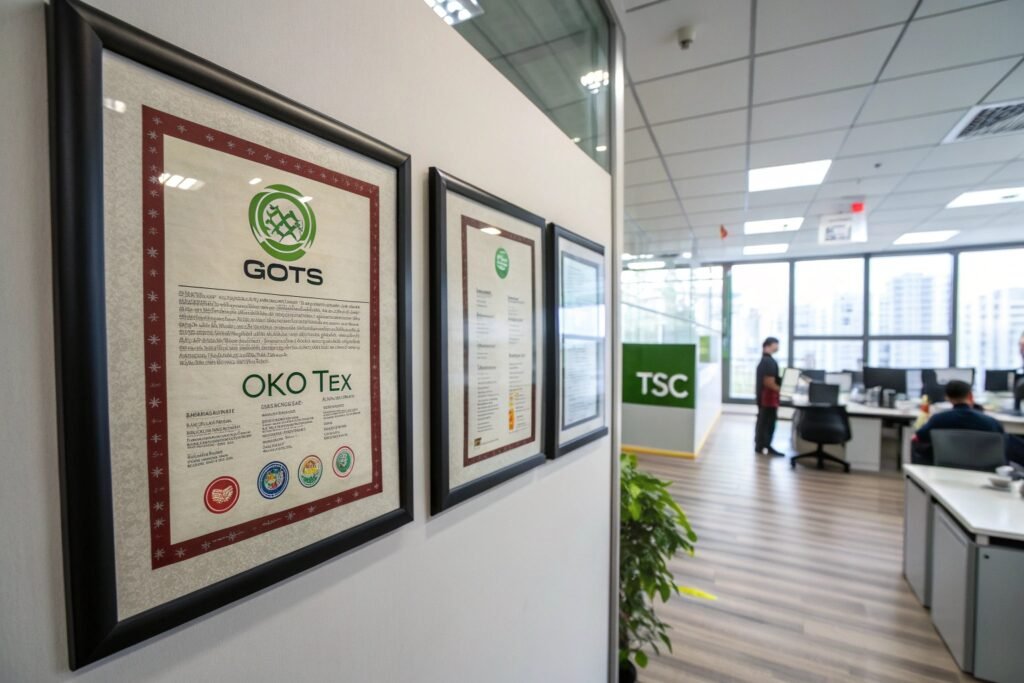
What Does the GOTS Label Actually Guarantee?
The Global Organic Textile Standard (GOTS) covers organic content, chemical usage, and social compliance across the textile supply chain. It guarantees that the fiber is biodegradable and that all wet processing steps—dyeing, washing, printing—are environmentally sound. For cotton, silk, and wool textiles, GOTS is widely accepted in both EU and US markets.
What Other Labels Matter for Export-Ready Fabrics?
Beyond GOTS, labels like OEKO-TEX Standard 100 certify that fabrics are free from over 100 harmful substances. FSC ensures that regenerated fibers like Tencel™ and bamboo viscose come from responsibly managed forests. For chemical transparency, Bluesign is another relevant badge—especially for brands exporting performance wear.
Conclusion
Choosing the right biodegradable fabric isn’t just about going green—it’s about building a brand that lasts. Whether you prioritize the purity of organic cotton, the innovation of Tencel™, or the legacy of wool and silk, what matters is transparency and traceability. At Fumao Fabric, we work closely with clients to select the right sustainable materials, backed by certifications and real-time tracking. In a world moving toward circularity, partnering with a supplier who understands both the science and storytelling behind biodegradable textiles is your next competitive edge.

